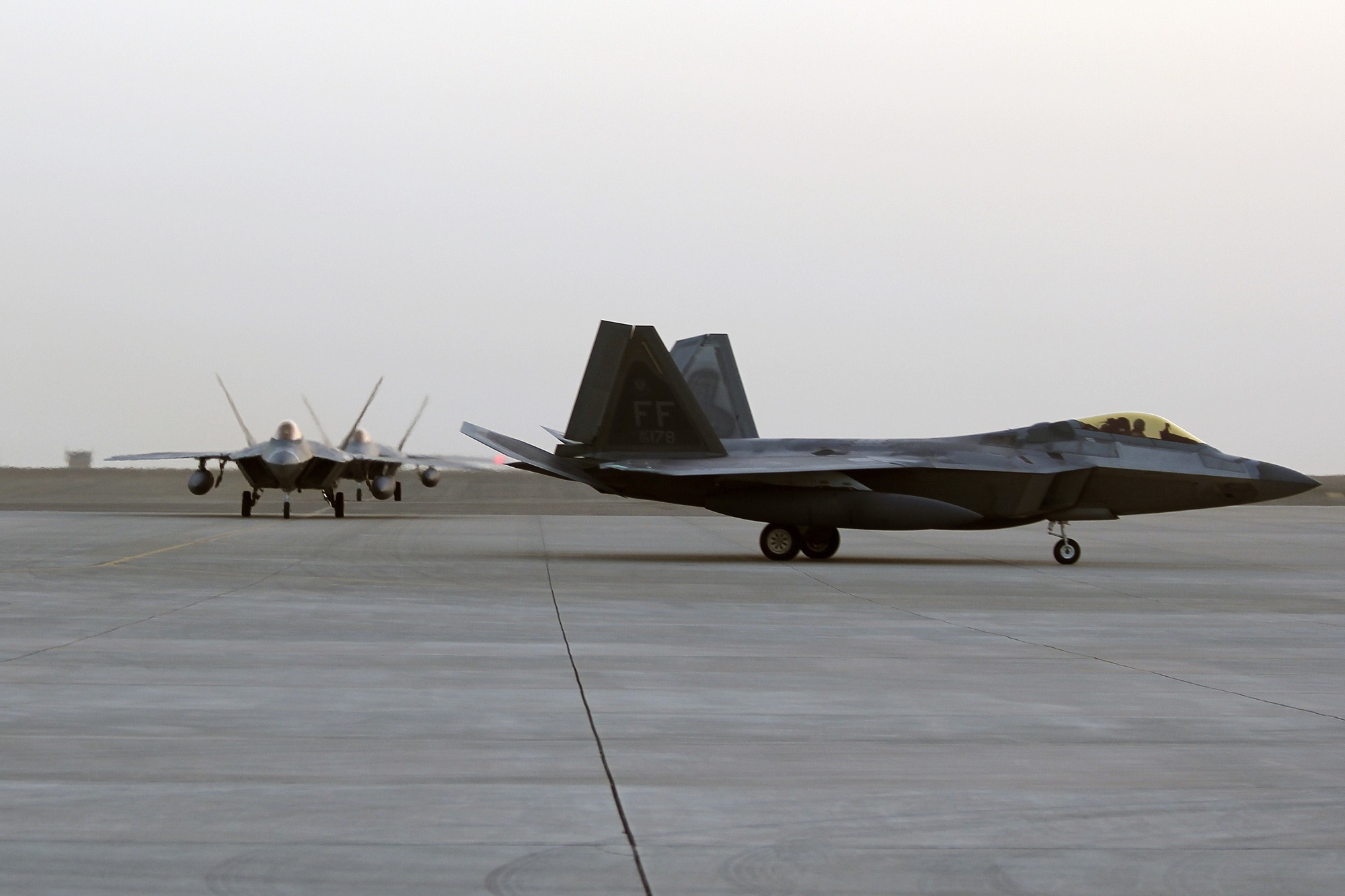Raytheon has been awarded a substantial contract by the United States Air Force (USAF) to enhance the sensor capabilities of the Lockheed Martin F-22 Raptor fighter jet.
The contract, valued at up to $1,04 billion, encompasses the provision of hardware, spares, and support equipment necessary for the F-22 Sensor Enhancements Program.
The work will be carried out at Raytheon’s facilities in McKinney, Texas, and is expected to be completed by May 8, 2029. The US Air Force Life Cycle Management Center (AFLCMC) at Wright-Patterson Air Force Base, Ohio, will manage the project.
The Lockheed Martin F-22 Raptor, introduced in 2005, is the world’s first mass-produced 5th-generation fighter jet and has been a cornerstone of the USAF’s air superiority strategy. Currently, 178 F-22 fighters are in service.
The F-22 Raptor “cannot be matched”, says USAF
Once slated for retirement in the 2030s, the F-22 is now undergoing modernization efforts to prepare it for so-called near-peer conflicts. This latest sensor enhancement initiative is part of these ongoing efforts to ensure the aircraft remains at the forefront of military aviation technology.
“The F-22 team is working really hard on executing a modernization roadmap to field advanced sensors, connectivity, weapons, and other capabilities,” Air Force Brigadier General Jason Voorheis, Program Executive Officer for Fighters and Advanced Aircraft at the AFLCMC, said in a press briefing in August 2024.
In recent years, squadrons of F-22 5th-generation fighters have been deployed in emerging tension zones as a reassurance tool for US allies.
In April 2023, F-22 fighters were redeployed from Poland to Amari Air Base, Estonia, to reinforce the eastern flank of Europe in the framework of NATO Allied Air Command’s Air Shielding mission to deter aggression in the Baltic Sea region.
“It cannot be matched by any known or projected fighter aircraft, making it a highly strategic platform to support NATO Air Shielding,” the USAF commented at the time.
In August 2024, around a dozen Raptors were sent to the Middle East as a strategic response to mounting threats from Iran and its regional proxies.

